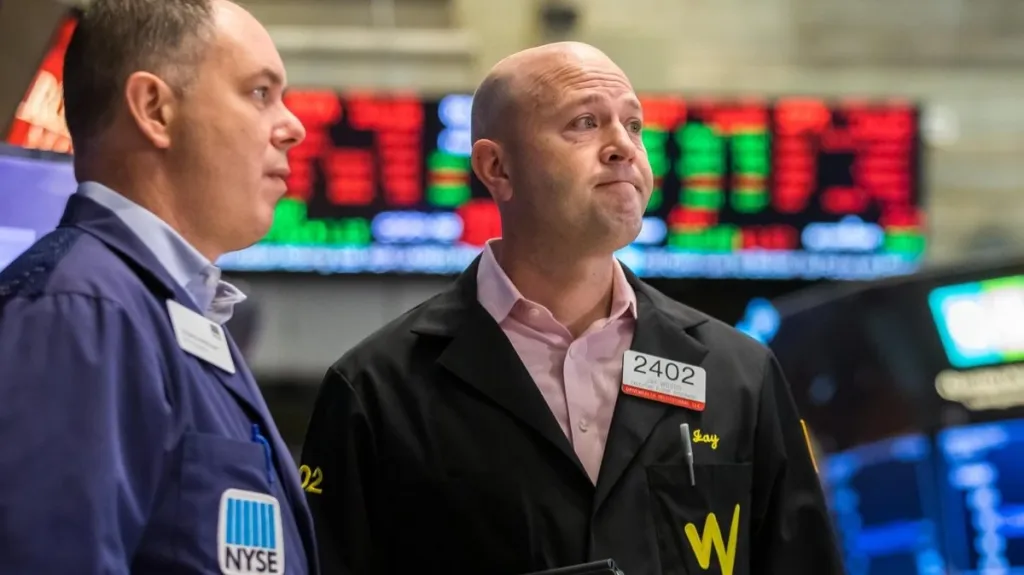Morgan Stanley named a condition under which the S&P 500 could fall by 11%
The escalating trade conflict between the US and China came as a surprise to most analysts

U.S. stocks could lose up to 11% if trade tensions between Washington and Beijing do not subside by November, said Morgan Stanley strategist Michael Wilson. Rising uncertainty and overvalued stocks make the market vulnerable, he said. After a sharp decline on Friday, futures on key indices partially recovered losses, which was facilitated by signals from the White House on the readiness to negotiate with China.
Details
The broad market index S&P 500 may lose up to 11% if trade disagreements between the U.S. and China will not be resolved by November, according to Michael Wilson, chief strategist for U.S. equities at Morgan Stanley, his opinion is quoted by Bloomberg. In a negative scenario, he predicts a decline in the index to 6027-5800 points, which means a possible drop of 8-11% from the closing level on Friday, the agency writes.
"If the uncertainty and volatility associated with the trade dispute continues into early November, we could see a deeper correction than most expect," Wilson warned after U.S. President Donald Trump on Friday, October 10, threatened to impose additional duties of 100% on imports of Chinese goods on top of the levies already in place, effective November 1. The escalation of the trade conflict came as a surprise to most analysts, including Morgan Stanley itself, Wilson admitted.
According to him, the market is now vulnerable to correction due to high investor activity and inflated valuations, but the strategist maintains an optimistic outlook. Earlier he was one of the few who correctly predicted the recovery after the April collapse caused by the announcement of a new U.S. trade policy, recalls Bloomberg.
Should the trade standoff abate, Wilson's baseline scenario assumes a gradual recovery of the U.S. economy through 2026. This hypothesis, he says, is "robust enough to survive such a tactical escalation, provided it eventually goes down."
What about the stock
On Monday, October 13, futures on leading U.S. indices recouped some of Friday's losses after the White House said it was ready to negotiate with Beijing. Futures on the S&P 500 added 1.1%, exchange-traded contracts on the Nasdaq Composite jumped by 1.6%, and contracts on the Dow Jones added about 0.8%.
On Friday, the S&P 500 had its worst session since the April sell-off, with the main outsider being the technology sector, which came under pressure due to the risks of escalating Sino-US relations for the semiconductor industry. Technological giants lost $770 billion of capitalization during the day. The only sector that showed growth was non-cyclical consumer goods.
Context
Last week, Jamie Dimon, head of JPMorgan, said that the probability of a serious correction in the stock market is 30%. This is three times higher than the average forecasted by market participants. According to him, the world is entering a period of heightened uncertainty amid geopolitical tensions, increased government spending and remilitarization, and the main priority of governments should be to strengthen defense security.
Almost simultaneously, the author of The Black Swan, Nassim Taleb, also warned of possible risks. He advised investors to insure themselves against a stock market crash due to the accumulated structural problems in the US economy. According to Taleb, the market is now ignoring "white swans" - obvious risks, such as debt loads, which could derail the seemingly unstoppable rally
This article was AI-translated and verified by a human editor
